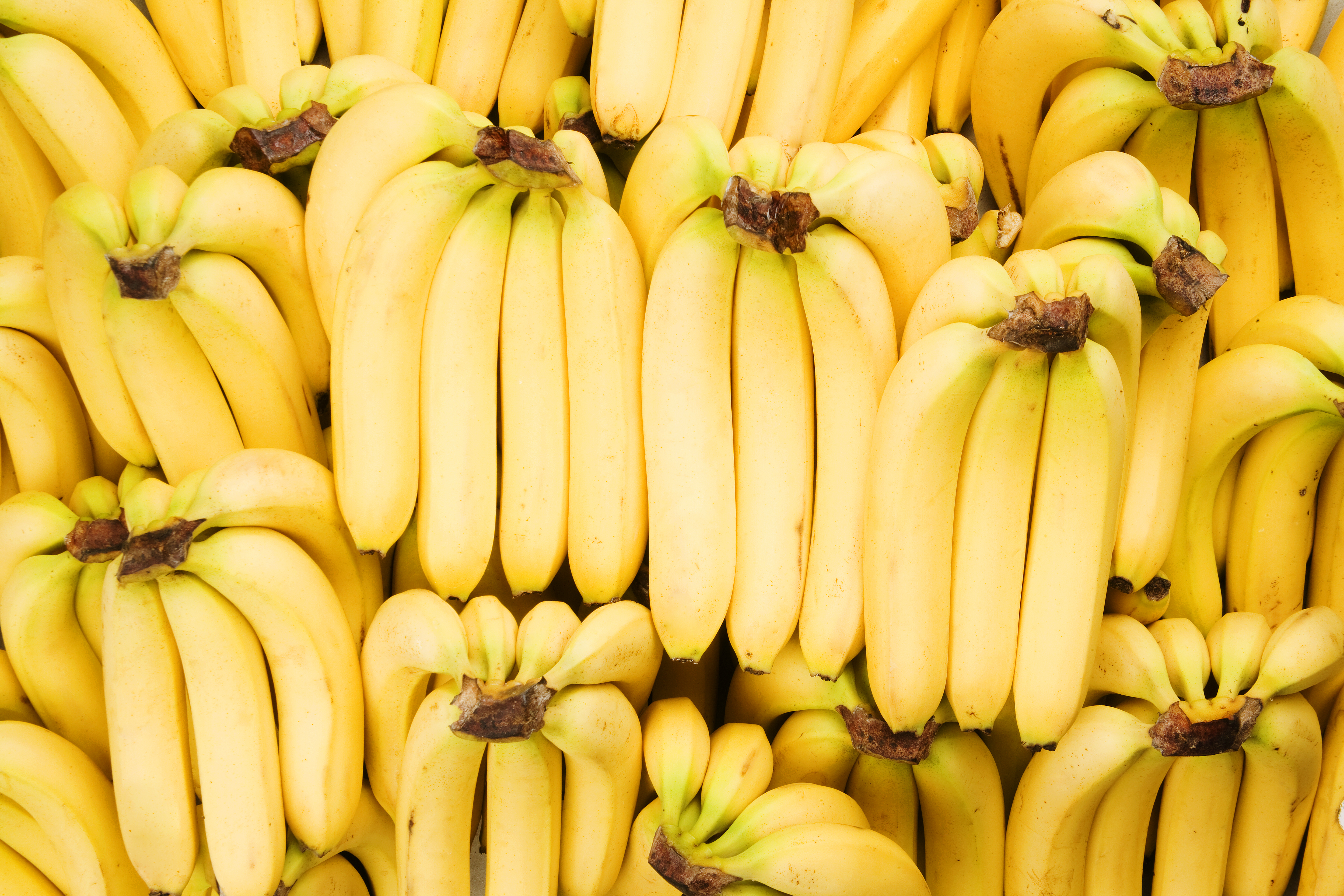Can you imagine your child growing up without ever seeing a banana? It’s a very real possibility. Right now the banana we all know and love is fighting for it’s survival.
The culprit is a fungus called Fusarium Wilt, or Panama disease Tropical Race 4 (TR4 for short).
Fungicides and fumigants are useless against TR4 which is very contagious and spreads quickly (it can also lay dormant for decades). Many farmers are tricked into thinking they have expunged the fungus only to find their plants rotting from the inside out the next year.
It was first identified in Taiwan in 1989 and banana farmers have been fighting it ever since. Once the fungus is identified in a farm the only course of action is to eradicate all plants and start fresh. This is a temporary fix at best, providing only a few years of relief until the fungus attacks again.
Randy Ploetz of the University of Florida was the first person to discover the fungus and has watched it wipe out tens of thousands of acres of banana crops from Australia to Southeast Asia over the last ten years. From the way the fungus is spreading, it’s only a matter of a time before it moves to Latin America where 99% of all Bananas in the US and Canada come from.
This is triggering a response from scientists around the world. Botanists from Kew, The Royal Botanical Garden and other research organizations from France, Honduras, and Malaysia are gathering samples of wild bananas to test for resistance to TR4. The largest companies in the 12.4 billion dollar banana industry have shown a surprising lack of action however.
This is even more of a mystery because commercialized banana’s have gone through a mass extinction before in 1950. Up untill then bananas were a different strain called “Gros Michel” and sported short, uncurved and stubby characteristics. Now it is all but extinct due to TR4’s predecessor, Tropical Race 1.
While not as enjoyable as the strain of bananas we enjoy today, the Gros Michel had the most important characteristic to a global food industry: The ability to be shipped and stored in good condition.
In a stroke of luck researchers found a new strain which transported just as well and had an even more enjoyable taste and texture. Called Cavendish (yes that’s the variety found in your local grocery store) this strain is originally native to China and was found in the greenhouse of Englands Duke of Devnoshire. All commercial banana plants in existence today are clones of this one plant.
It’s unlikely we’ll find another strain hiding in some obscure greenhouse this time, however. The banana’s best chance this time around looks to be from a scientist named James Dale, a professor of biotechnology at Queensland University of Technology in Australia. Dale found reports of a subspecies called Musa acuminata. Farmers in Malaysia and Indonesia reported this strain growing happily in plantations devastated by TR4.
Dale made it his mission to isolate the gene responsible for the resistance. In 2004, after several years of research, Dale’s lab identified candidate genes worth testing. Three more years of painstaking work, Dale was able to insert resistant genes into the Cavendish plants. Starting first in tiny test tubes, little plants are grown for about 1 year until roots are developed enough to place in soil.
Original test results we’re very positive. Now he is scaling up his tests. Called the Humpty Doo experiment, Dale and his team are planting thousands of these modified bananas into the wild to see how well they fare and how resistant they are to the fungus. If all goes well, the world will have Cavendish bananas with the same great taste with a whole lot of fungus immunity.
While the Humpty Doo experiment looks promising, others warn the modification may come with other side effects such as different ideal growing temperatures, or a change in crop yields.
Either way, breakfast bananas will never be the same again.


